Some Highland short-term let operators called the licensing scheme “a central belt solution to a central belt problem”.
Others said that details around noise reduction and antisocial behaviour are unenforceable.
And consultees demanded to know what fees Highland Council will charge for short-term let licences.
Why licence short-term lets?
The Scottish Government granted new licensing powers to local authorities in January 2022.
The government hopes the licensing plan will help balance the economic benefits of tourism against the needs and concerns of local communities.
The new rules mean all self-catering properties, B&Bs, guest houses, glamping pods and yurts will need to apply for a licence.
In the Highlands, that’s as many as 10,000 operators of short-term lets.
Highland Council ran a consultation into its draft licensing plan this summer, attracting 476 responses.
However, a report for licensing committee notes that much of the feedback was focused on the licensing plan itself rather than the details of the policy.
‘Taking the joy out of hosting’
The full report includes dozens of comments from operators slamming the extra bureaucracy and expense at a time when businesses are already struggling.
A recurrent theme is that the licensing plan isn’t suitable for rural areas.
Operators said it is “using a sledgehammer to crack a nut” and “a central belt solution to a central belt problem”.
“One size does not fit all,” wrote a BnB owner. “The problem cities suffer with multiple Air BnBs is not the same as rural Highland properties where they operate as a small BnB.”
Some said the plan would be a “death knell for tourism” and “kill the joy of hosting”.
The council report points out that local authorities have no power to stop the licensing plan – they can only set and monitor the policy.
From costs to carpets
So how does Highland Council plan to run the scheme?
The council has to make several decisions in setting the licensing policy. Perhaps most importantly, the cost of the licence.
Many operators expressed frustration that this detail was not part of the council’s consultation. Fiona Campbell, chief executive of the Association of Scotland’s Self-Caterers (ASSC), wrote that detailed figures are “absolutely integral to this exercise”.
“Our industry cannot be expected to have any confidence in the new system in their absence,” wrote Ms Campbell. “How can we be expected to properly engage with
this consultation if we do not know the expected costs imposed on business?”
The consultation may not have offered firm figures, but the report for licensing committee does. They’re on a sliding scale based on the size of the property:
Highland Council also has discretionary powers to impose extra conditions on the licence; to allow temporary exemptions; and to offer temporary licences.
Asked if the council should add extra conditions, 290 people said yes and 186 said no. These extra conditions are mostly about addressing problems. For instance, if a property has complaints about noise, the council can ask operators to install carpets. It can also ask agents to measure noise levels.
While some called the extra conditions “draconian”, most felt they were reasonable.
ASSC disappointed with policy tone
The ASSC provided a lengthy written response to the council. As an organisation it said it did not support the extra conditions, calling them “wholly unnecessary”.
It also took aim at the tone of the policy. In particular, a requirement that operators “ensure” tenants follow the rules. The ASSC – like many others surveyed – said operators often aren’t present at their rentals.
Therefore, it called extra conditions an “unenforceable burden”.
“Throughout the draft policy statement and additional conditions, there is a presumption of bad practice against the short-term let industry, from issues such as anti-social behaviour to littering,” wrote Ms Campbell.
She continued: “We find [this] incredibly disheartening and disappointing given the immense economic opportunities the sector provides to the Highlands, as well as the fact that many businesses in the area have been a welcome part of the community for decades.”
Taking feedback on board, the council has redrafted its policy document. Instead of stating that operators “must” enforce the rules, the policy asks them to “take reasonable steps”.
Councillors will consider the draft policy at next Tuesday’s meeting of the licensing committee. The Scottish Government timescales are tight. If agreed, the short-term lets policy will come into force on October 1.



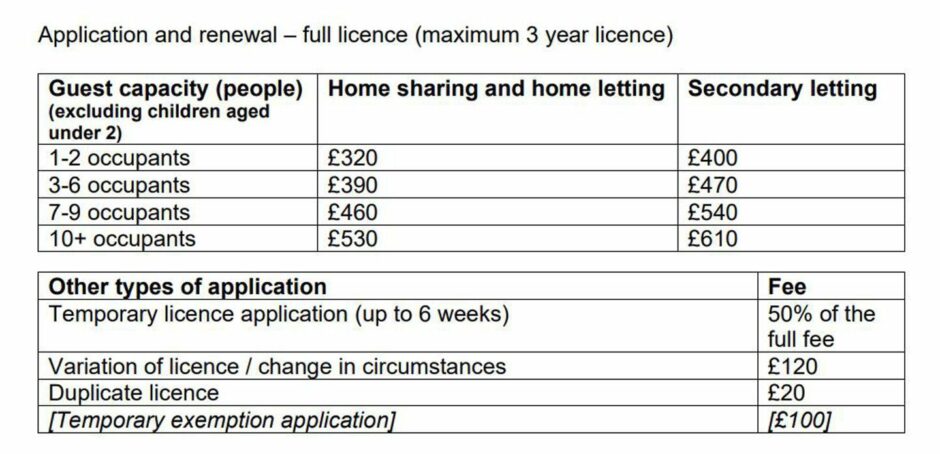
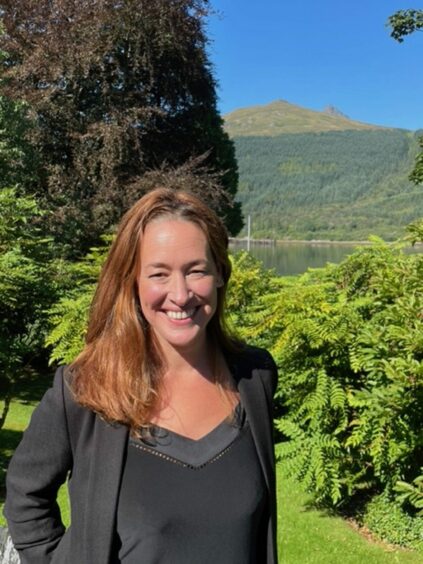
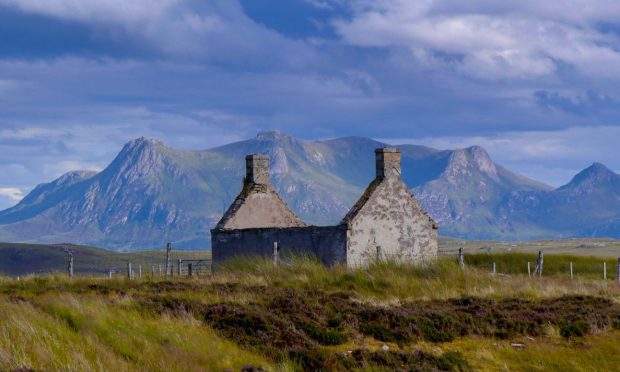


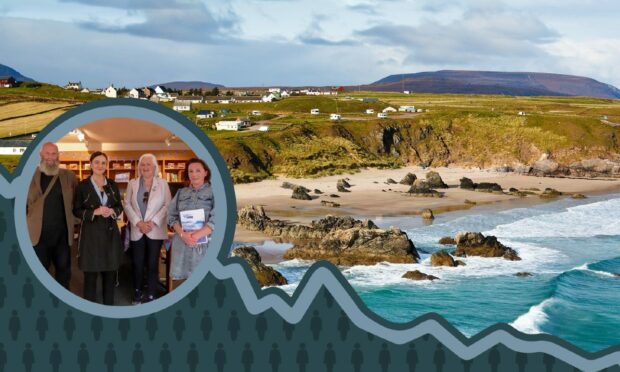
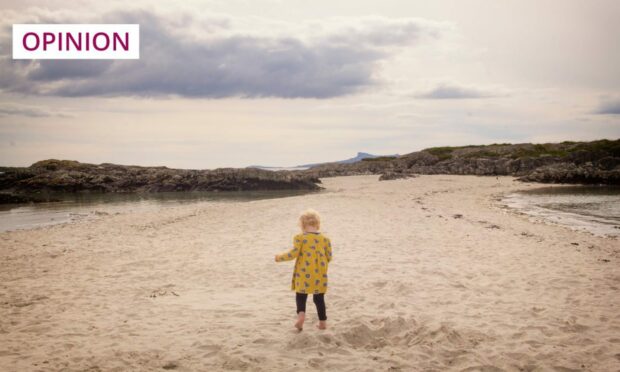
Conversation